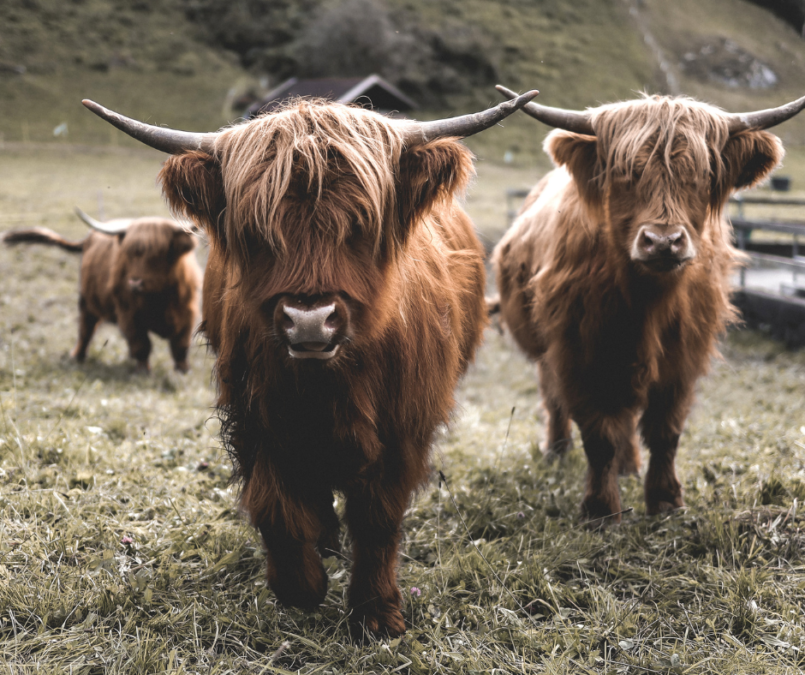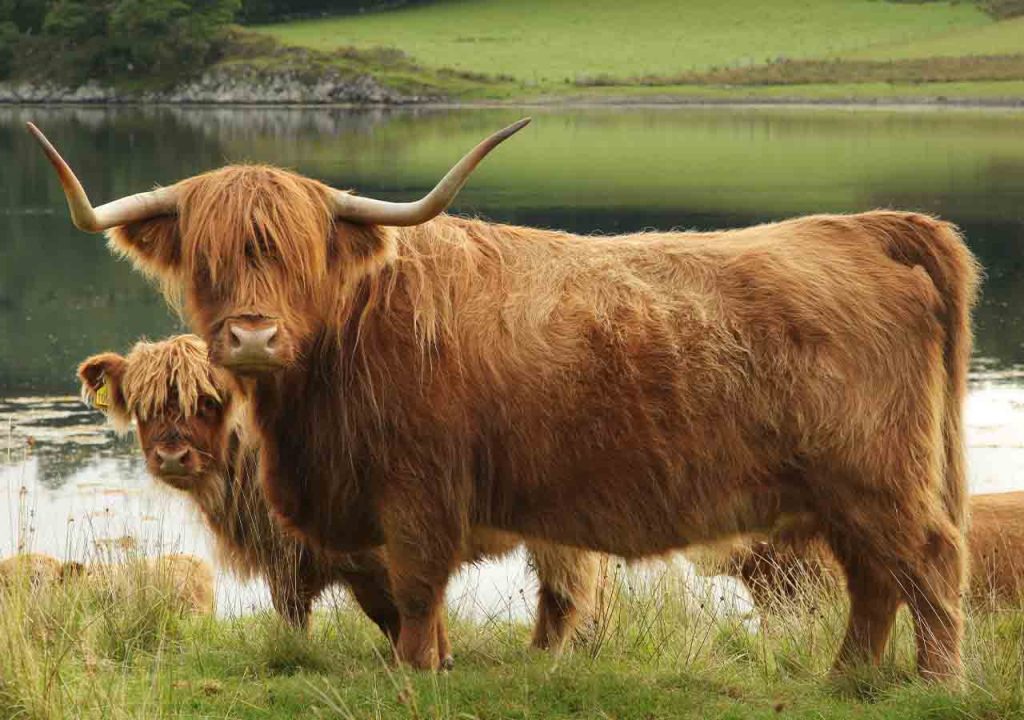Have you ever seen a cow with long, shaggy hair and horns that look like they belong in a medieval painting? If so, you’ve likely encountered the adorable and iconic Highland cow. These unique creatures are not just a sight to behold but also a treasure trove of fascinating traits and history. Let’s dive into the world of the Highland cow and uncover what makes them so special.
A History Steeped in Scottish Heritage
Highland cows, often called “Heilan coos” in Scotland, trace their origins back to the rugged Scottish Highlands. These hardy animals have roamed the windswept hills and valleys for centuries. Their thick coats and sturdy frames were perfectly designed by nature to survive in the harsh, cold climates of their homeland.
Interestingly, Highland cattle are among the oldest registered breeds in the world. The first herd book for the breed was established in 1885, preserving their lineage and ensuring their survival for future generations. Their history is as rich and textured as their iconic coats.
The Unmistakable Appearance
One of the first things you’ll notice about Highland cows is their striking appearance. Their long, flowing hair isn’t just for show; it serves a vital purpose. This thick coat keeps them warm in freezing temperatures and protects them from heavy rains and biting winds.
Their distinctive horns are another standout feature. Both males and females have horns, but they serve different purposes. For males, the horns are typically thicker and more curved, while females’ horns are longer and straighter. These horns help them forage for food under the snow and defend themselves against predators.
Highland cows also come in a variety of colors, including red, black, yellow, white, and brindle. Each hue adds to their charm, making them one of the most photogenic animals you’ll ever meet.
A Gentle Giant with a Friendly Nature
Despite their imposing size and rugged appearance, Highland cows are surprisingly gentle. They are known for their docile and friendly temperament, making them a favorite among farmers and animal enthusiasts alike. Their calm nature also makes them easy to handle, even for people who are new to livestock.
This breed is particularly social and thrives in herds. They form close bonds with their companions, which contributes to their overall well-being. If you ever have the chance to visit a Highland cow farm, you’ll notice how they interact with each other, often nuzzling or grazing side by side.

Adaptability to Harsh Environments
Highland cows are masters of survival. Their thick double coat acts as natural insulation, allowing them to withstand temperatures as low as -20 degrees Celsius. This adaptability is one of the reasons they have thrived in the challenging terrain of the Scottish Highlands.
Their diet also reflects their resilience. Highland cattle are excellent foragers and can thrive on rough pastures that other breeds might find unpalatable. They’re often used in conservation grazing because of their ability to maintain natural landscapes by eating invasive plants and promoting biodiversity.
Sustainable and Low-Maintenance Farming
For farmers, Highland cows offer a unique combination of sustainability and low-maintenance care. Their hardy nature means they require less intervention, such as shelter or supplementary feeding, compared to other breeds. They are also resistant to many common cattle diseases, reducing the need for medical treatments.
Additionally, Highland cattle produce high-quality beef that is lean, flavorful, and rich in nutrients. Their meat is often considered a premium product, making them a valuable asset for small-scale and sustainable farming operations.
Their Role in Modern Farming and Tourism
In recent years, Highland cows have gained popularity far beyond their native Scotland. They are now found in countries around the world, from the United States to Australia. Their unique appearance and friendly demeanor have made them stars in agritourism. Visitors flock to farms to take photos, learn about their care, and even get up close for a pat or two.
Highland cows have also become symbols of rustic beauty and pastoral life. You’ll often find their images on postcards, calendars, and social media posts, spreading their charm to people who might never see them in person.
Fun Facts About Highland Cows
Did you know that Highland cows can live up to 20 years? That’s significantly longer than many other cattle breeds. They are also highly intelligent and can recognize individual humans, especially those who feed or care for them regularly.
Another interesting fact is that their long hair acts as a natural insect repellent. It keeps flies and other pests at bay, ensuring they remain comfortable even in warmer months.

Why We Love Highland Cows
Highland cows are more than just a breed of cattle; they are a testament to nature’s ingenuity and resilience. Their unique combination of beauty, history, and adaptability makes them a favorite among farmers, conservationists, and animal lovers alike.
Whether you’re admiring their shaggy coats in the Scottish Highlands or snapping a selfie with one at a local farm, it’s hard not to fall in love with these gentle giants. So, the next time you see a Highland cow, take a moment to appreciate the incredible creature standing before you. They’re not just cows; they’re living legends of the animal kingdom.

